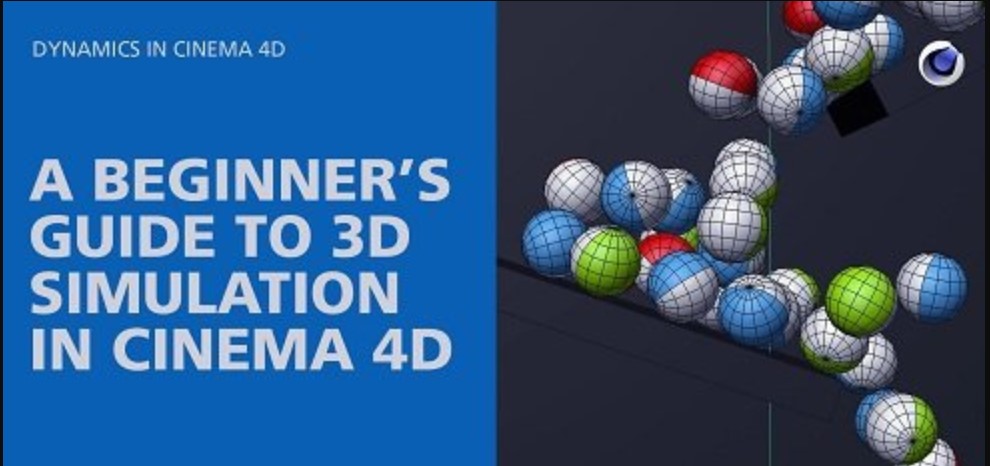
A Beginner’s Guide to 3D Simulation in Cinema 4D free Download Latest. It is of A Beginner’s Guide to 3D Simulation in Cinema 4D free download.
A Beginner’s Guide to 3D Simulation in Cinema 4D Overview
A Beginner’s Guide to 3D Simulation in Cinema 4D
https://www.skillshare.com/classes/A-Beginner%E2%80%99s-Guide-to-3D-Simulation-in-Cinema-4D/475858371
In this series of lessons we will cover the fundamentals of 3D Simulation to help you gain a basic understanding of the tools and techniques used in the industry.
Part 01: Introduction to 3D Simulation Techniques
- Overview of the Mograph cloners, random effector, rigid body tag, collider body tag, friction and bounce settings
- Experimentation with parametric primitives and various geometry for different dynamic effects
- Splines, lathe nurbs, rigid body tag, collider body tag, friction and bounce settings
- Create a vase being filled with spheres
- Using an emitter with a rigid body sphere to start a simulation
- Work with the initial linear velocity
- Overview of the random, formula, push apart and step effectors
- Use of spherical, cylindrical, cone, linear, radial fields and falloff settings
Part 02: Domino’s Project
- Model the domino’s with splines and extrude nurbs
- Use domino images from the asset browser to texture the model
- Use the selection field to apply materials to the front, back and side of dominos
- Use of the MoGraph Cloner in object mode in conjunction with a spline to duplicate the dominos along a path
- Adjust the cloner’s distribution settings for evenly spaced dominos
- Use rigid body and collider body tags to set-up the simulation
- Use and emitter to create the initial impact by setting the initial linear velocity for domino’s to fall
- Refine bounce, friction and rigid body settings
- Define final output render settings to complete the animation
Part 03: Maze Project
- Model the 3D environment and add a collider body tag
- Create a sphere inside a cloner and assign a rigid body tag to start the simulation
- Model the maze geometry using parametric primitives
- Create shelves, front and add collider body tags
- Adjust the maze geometry to control the simulation
- Duplicate the sphere cloner to add additional animation to the scene
- Create sides to the maze to prevent spheres from falling outside of it’s borders
- Use the display tag to hide geometry in the perspective view
- Apply procedural Cinema 4D materials to the maze and spheres
- Use gradients on the spheres and refine their parameters for added visual interest
- Create a camera animation to follow the simulated sphere movement
You May Also Like Latest Post Introduction to nCloth for Maya























